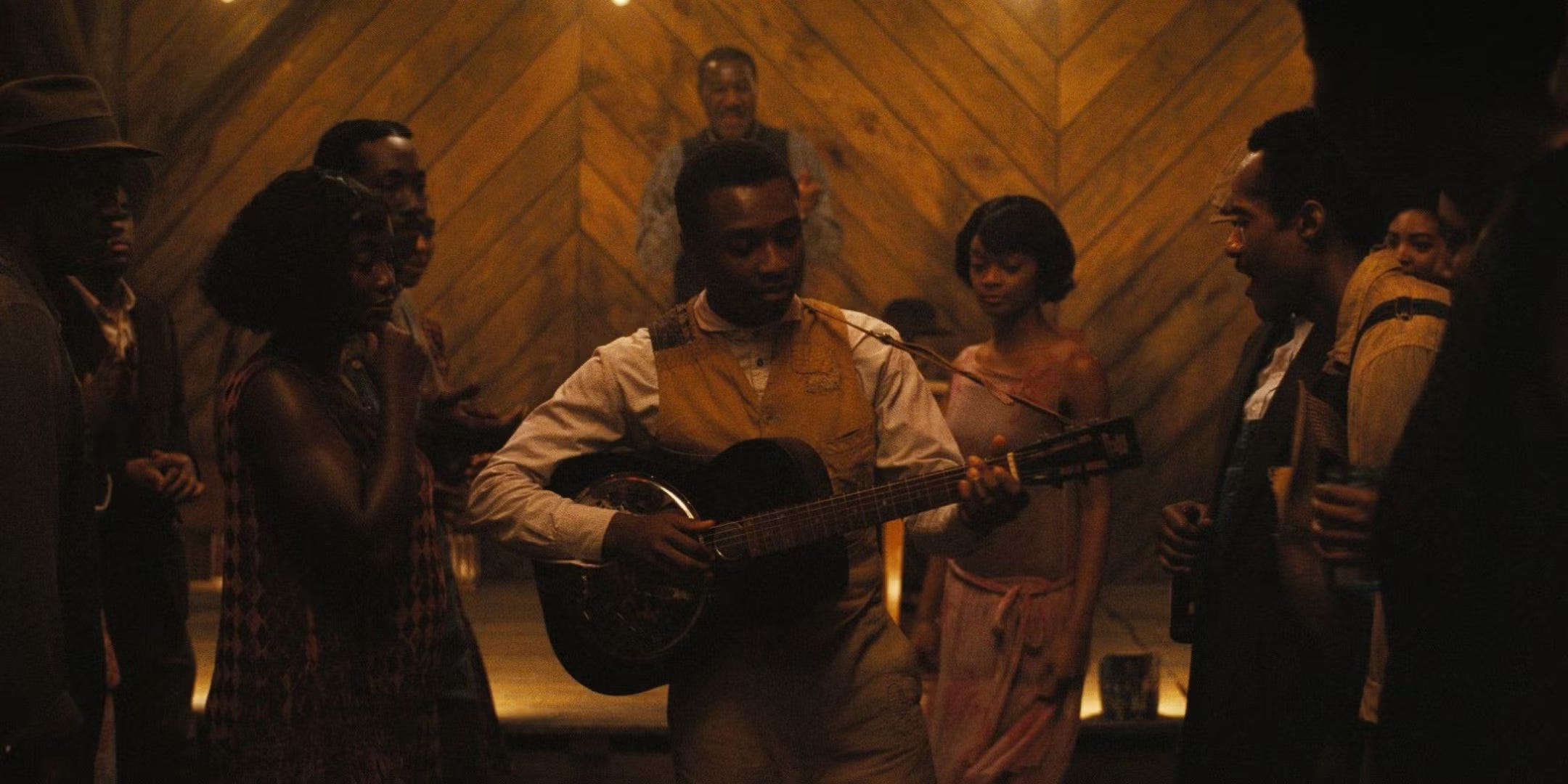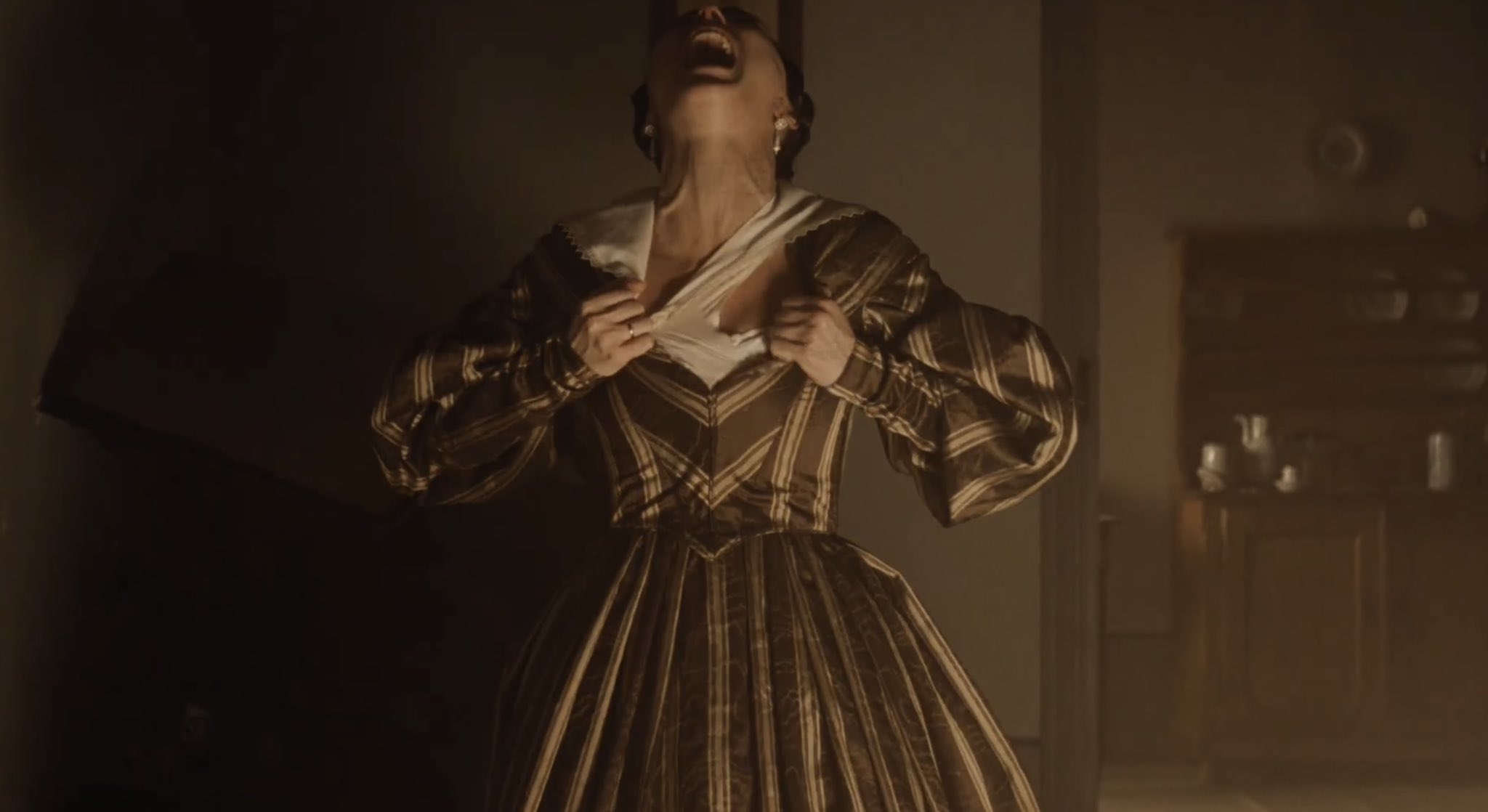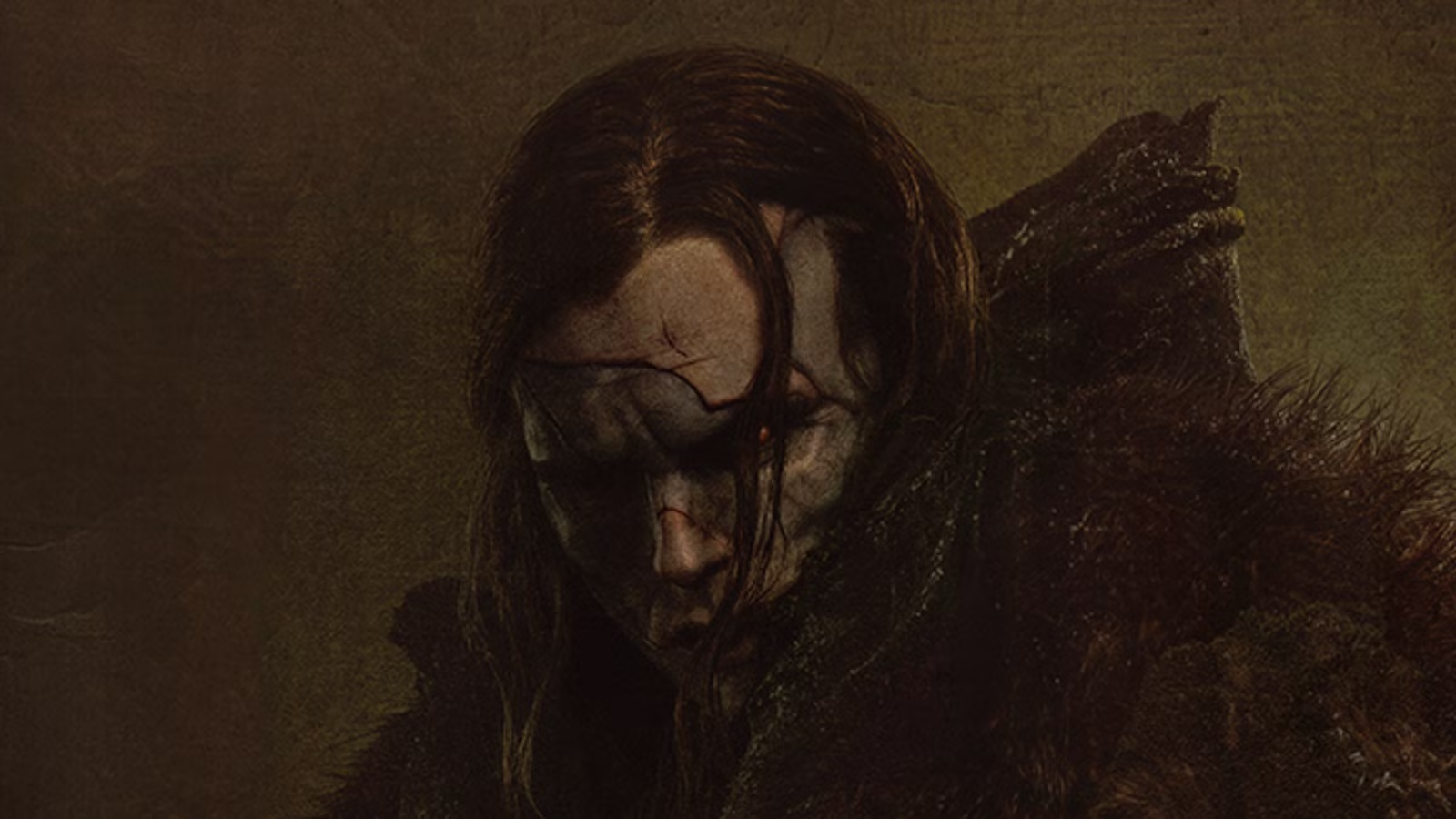2025: The Year of the Monster
This year’s been a rough one, right? Not just for pop culture, but for the world. War, poverty, the further degradation of the planet–Jared Leto in a major blockbuster–these are the end times. Whatever’s in the air, it’s on our phones, TVs, and made its way to the silver screen. Something hulking, looming. A bundled nerve of malice. It’s coming toward us at a speed that is slow enough to be seen but too fast to be stopped. It’s systemic. Hegemonic. All-powerful. It’s monstrous, and it’s everywhere. Is there any wonder why all the best films of 2025 are about monsters?
To qualify this statement, I’m working on the academic understanding of monstrosity: our conception of “the other” in fiction. I won’t bore you with academia, or, like this New Yorker article that was briefly the main character of Twitter (at least in the circles I’m in), with surface level observations about monster fiction. It’s not new to suggest that monsters, who so frequently represent those on the margins of society, are written more sympathetically now than they ever were before. Discourse has moved in the direction that the sympathetic monster is what we’ve come to expect from our stories, but the practice’s resurgence in the current year speaks to larger unrest in the soul of humanity.
The elephant in the room is Sinners. It’s certainly the film of 2025. If we accept that the monster represents the other, what makes Sinners so great is that it holds that up against real minority representation and flips it the standard way audiences look at monstrosity on its head. Vampirism, which has a history of representing many othering qualities (disease, disability, queerness) is now attached to a member of the majority, representing the parasitism of White people on Black culture. Herein lies the power of the monster: to make people feel seen.
Without devolving into a review of bog standard review of Sinners, I’d like to point out that before any vampires get involved, the plot is about creating a safe space for Black people in the South to socialize and indulge in their culture. By not mirroring race with monstrosity, we see the two inhabit the same space without one overriding the other, which is the tricky part of franchises that frequently equate the two, like X-Men or Harry Potter. Remmick (Jack O’Connell), the film’s villain, although he might have a sympathetic backstory of his own, is like Interview with the Vampire’s (2022) Lestat, another famously White bloodsucker, in how his vampirism is a symbol of privilege.

So, why? Why have we evoked the power of the monster so often this year? Well, there’s no shortage of systemic evil afflicting our world right now. The genocide in Gaza, AI data centers destroying vulnerable communities, as well as wealth inequality, attacks on trans rights, ICE raids, and the rise in fascism in America, are all open, festering wounds. It just keeps happening, and there seems to be no sign of it slowing. In the ways that we attract what we fear, do we not try to inoculate ourselves against such evil through fiction?
In his 2018 BAFTA acceptance speech for The Shape of Water (2017), the master of monstrosity, Guilllermo del Toro, said “to sometimes talk about monsters, we must fabricate monsters of our own.” The monsters of 2025 are all vessels to express our anguish in the face of the overwhelming magnitude of the powers-that-be. It would be far too easy, and reductive, to say that this year’s monsters are all avatars of the same thing, when what makes all of these movies great is the different ways they wield monstrosity. Sinner’s vampires are coded as evil, while Frankenstein’s Creature (Jacob Elordi) is one of the most heartfelt, sympathetic versions of the character ever rendered.
Really, this trend of monstrosity began late last year with Robert Egger’s Nosferatu, and it’s a great example of what I’m talking about. Once more, the monster represents “otherness,” this time in the “monstrosity” of female sexuality, and when reproductive rights are under fire, it’s bound to resonate. It’s important to remember that “monstrosity” isn’t necessarily condemning these things about ourselves, but cathartically examining why they make us feel like monsters, and who in our world wants us to feel that way.

It is impossible to separate monster fiction from our political reality because what the monster represents, or more accurately, what we project onto them, is entirely dependent on when and where we view them. It’s the difference between vilifying Caliban or Grendel in the original texts versus retelling their stories to better understand them. Of course, one can argue that empathizing with the “other” isn’t necessarily political, as it might come from an anodyne sense of empathy, and while I understand where that’s coming from, it’s inaccurate to say that empathy has never been politicized. “Controversies” like the one surrounding Ms. Rachel prove as much.
In fact, one of 2025’s most popular films is about radical empathy. Superman and the year’s blockbuster superhero fare have all been about outsiders, despite what others think of them, doing the right thing. The Thunderbolts*, a team of ragtag misfits exploited by various government security apparatuses and corporate bodies, come together not to destroy an enemy, but to support a friend. Superman, an immigrant, defies world governments and powerful capitalists to champion the oppressed a world away. The Fantastic Four, forever changed in horrible and fantastic ways, choose to be heroes despite the overwhelming change to their bodies and lives. Captain America fights the President! If superheroes are either gods or monsters, what do we call those who defy the established order by simply existing?
More topically, monster cinema has tried to take on the issue of AI with films like Companion and Tron: Ares. Both films position their protagonists—Iris (Sophia Thatcher) and Ares (Jared Leto), both of which are artificial life forms—as sympathetic audience surrogates. In real life, AI becoming sentient is a terrifying prospect, but on film, their liberation is not an endorsement of AI, but an affirmation of humanity. This embodies the classic paradox of the monster being a victim that reflects the system that victimized them. Besides, we’ve been doing this since Blade Runner (1982). Tron: Ares even makes an explicit allusion to the mother-text, Frankenstein (1818), including the rogue program in the lineage of the monster. While sympathizing with machines might be hard to swallow in this very cultural moment, what we’re truly empathizing with is the victims of AI through these mechanical or digital avatars. While generative model rapidly develop, should we expect the way we article cope with it to be perfect? Aren’t we exercising what the machine cannot: empathy?

The trend of monstrosity will continue into next year with another Frankenstein film directed by Maggie Gyllenhaal, The Bride! Robbert Egger’s next gothic endeavor, Werewulf, and the recent news of a sequel to the Mummy franchise starring Brendan Fraser and Rachel Weisz ensures that monster movies will in a good place.
I’ll always come back to Frankenstein. What awakened me to this trend was Guillermo del Toro’s masterful adaptation of Shelley’s novel, which just so happens to be my favorite story of all time. Underneath its parables about Gods, parents, and creation, it’s a story about how existing is not a crime. Victor Frankenstein’s sin wasn’t creating the monster, but mistreating him. What makes del Toro’s version so emotional is its unflinching support of the Creature. Every ounce of pain is our own because he represents anyone who has ever felt unloved because of who, or what, they are.
In an age where we’re increasingly alienated from our fellow humans, of course we all feel like monsters.

